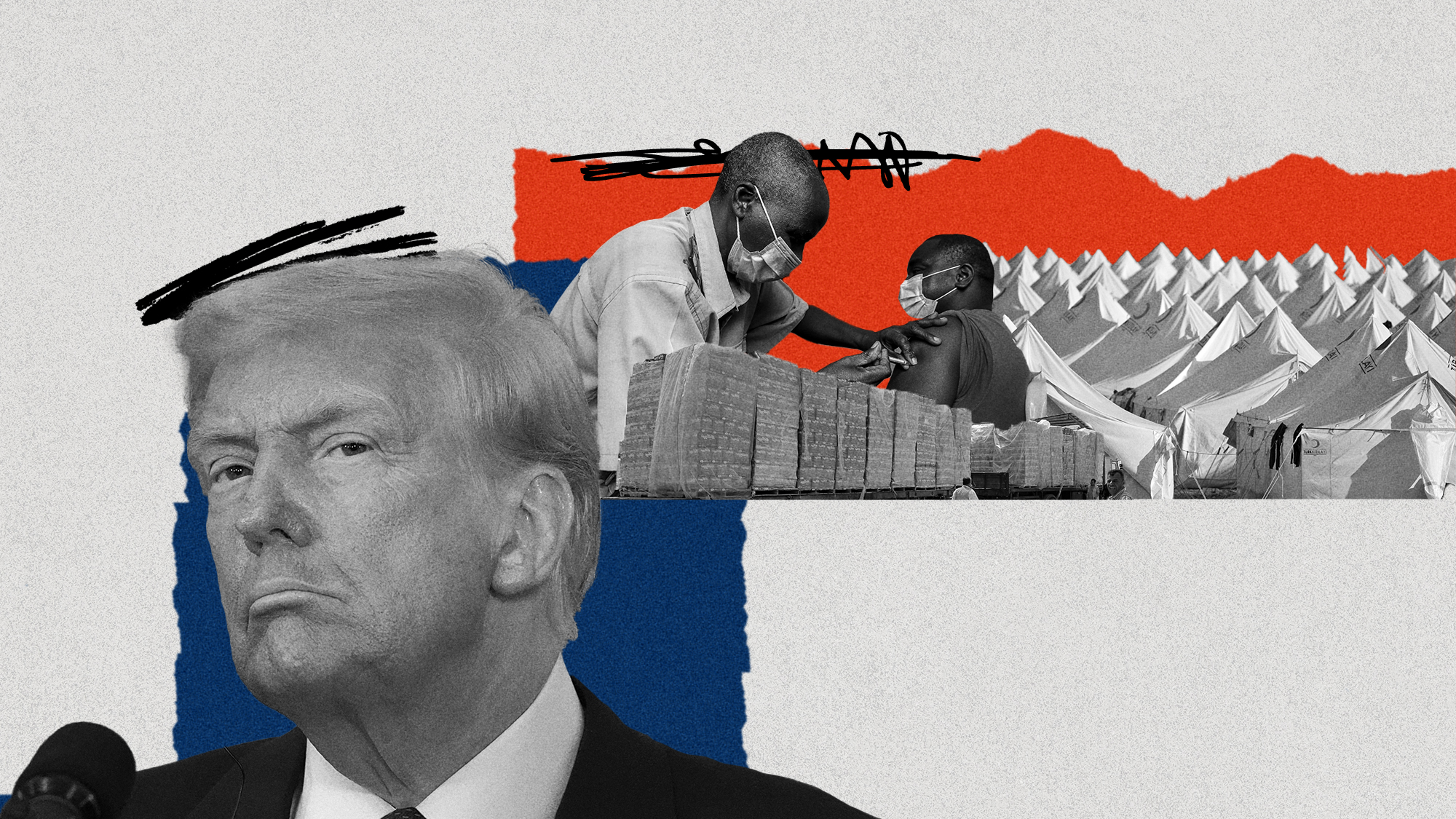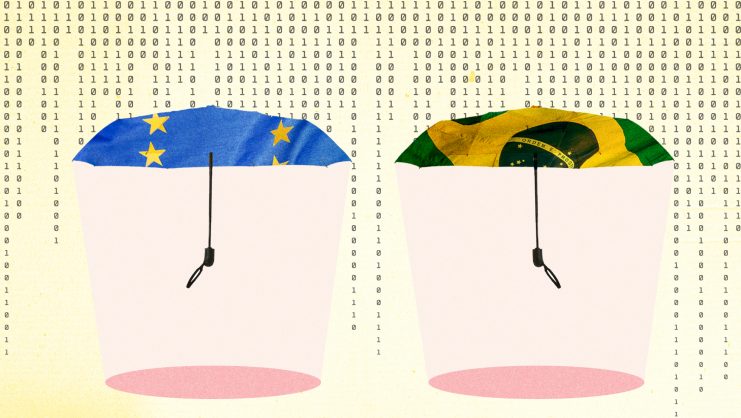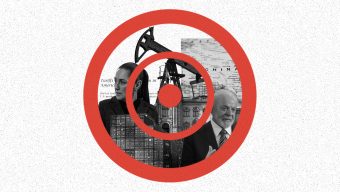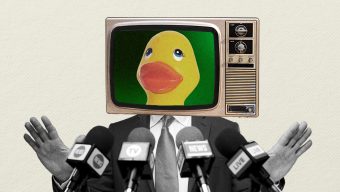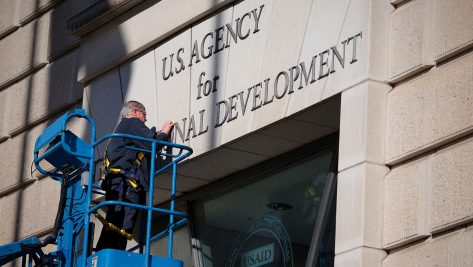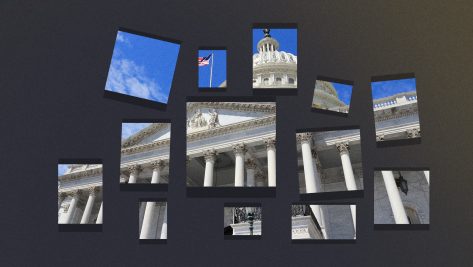The Trump Administration’s recent decision to potentially dismantle USAID and freeze most international aid for 90 days has rocked the foundations of the global aid system. The decision triggered widespread concern in the international community and threatens to destabilize vulnerable regions and halt decades of progress in development, health, and human rights.
Since its inception in 1961, USAID has been the cornerstone of US humanitarian assistance, operating in around 130 countries and providing essential support in humanitarian crises, health emergencies, and economic development. Its likely withdrawal poses a crucial question. Who will fill the void left by one of the world’s largest international aid agencies?
The impact of USAID cuts
This measure will cut international aid by around $40 billion with devastating consequences in a number of key areas:
- Humanitarian crises and food security. In countries such as Yemen, South Sudan, and Syria where millions rely on international aid, the funding slash has jeopardized food security, disaster assistance, and health interventions. Humanitarian agencies have warned that the funding cuts will lead to the collapse of assistance programs in war zones.
- Public health and disease prevention. Essential programs such as HIV/AIDS treatments, vaccination campaigns, and maternal and child care will be severely cut back. The demise of programs such as the United States President’s Emergency Plan for AIDS Relief (PEPFAR) will leave 21 million people without treatment, reversing much of the progress achieved. Pio Smith, UNFPA’s Asia-Pacific Regional Director, has warned that in Afghanistan alone, the absence of US support is projected to result in 1,200 maternal deaths and 109,000 additional unintended pregnancies between 2025 and 2028. In regions such as sub-Saharan Africa and Southeast Asia, the withdrawal of funds will weaken efforts to contain infectious diseases, leaving millions without access to essential medical services.
- Economic development and employment. Thousands of small businesses and communities will lose access to microcredit and financing services, shrinking job opportunities and slowing economic growth in low-income countries. Without USAID backing, many vulnerable communities will be denied opportunities for employment and economic growth, not to mention the roughly 10,000 people working directly for USAID around the world whose job stability is in question.
- Democracy and human rights. USAID’s withdrawal will undermine the struggle for democratic governance and respect for human rights in countries where civil society is increasingly under threat. Education and gender equality programs have been hit hard with cutbacks in programs designed to enhance educational access for girls and marginalized communities.
According to UN data, the US government funded about 47% of global humanitarian resources last year, leaving a huge gap in humanitarian aid that will be hard to fill. The international community has reacted with concern. Oxfam America President & CEO Abby Maxman has described this crisis as “a callous, destructive political power play that would have deadly consequences for millions of people living in dire humanitarian emergencies and extreme poverty.”
Who will fill the void left by the United States?
I have worked in international cooperation for many years, and USAID has not been noted for fully adopting the aid effectiveness criteria set out in the Paris Declaration. In most cases, it has operated as an aid instrument in line with US strategic interests. Issues related to sovereignty interference and conditionalities have led some Latin American countries to question whether restricting its presence might actually be beneficial for their development.
Nevertheless, it handles an enormous volume of funds and finding donors to take its place is a challenge. Philanthropy may grow but it will be difficult to achieve this level of funding. Its withdrawal also reshapes the geopolitical map of international cooperation. As the United States pulls back, other global players might step in to fill its shoes.
The European Union could be one of the key players in mitigating the impact of USAID’s withdrawal. However, the Commission has refocused its development assistance policy to a global partnership approach. It has pledged €300 billion in investment through Global Gateway between 2021 and 2027 in key sectors such as health, infrastructure, and sustainability. This US shift presents a geostrategic opportunity for the EU to position itself as a reliable alternative in critical global moments. However, the complexity and bureaucracy involved in implementing large-scale partnership projects may not generate the same perceived impact as traditional development and humanitarian aid, potentially limiting its effectiveness in the short term.
China has emerged as an up-and-coming alternative in recent decades, significantly stepping up its investment and presence especially in Africa and Latin America with its Belt and Road Initiative (BRI). As USAID withdraws, China may well spot a chance to expand its soft power, further extending its presence in emerging and low-income countries by offering even more funding and assistance to countries that were previously reliant on the United States.
However, its extensive funding has faced criticism as “debt-trap diplomacy,” alongside other challenges such as environmental concerns and the sensitive issue of political leverage.
The United States appears to be turning its back on its legacy of leadership in development and humanitarian assistance.
The withdrawal of USAID presents China with a strategic opportunity to further expand its soft power in emerging and low-income regions by providing funding and assistance to countries that previously relied on the U.S. However, China’s approach—primarily centered on loans and investments—stands in stark contrast to Western aid models which typically emphasize grants or concessional loans but often come with governance and human rights conditionalities.
Development banks might also play a more active role in filling the gap left by USAID by steering financing to critical projects in health, education, and infrastructure, although it remains to be seen whether US holdings will be impacted and how much influence it will have on them. Meanwhile, the private sector could be instrumental in cushioning the crisis with more funding and philanthropy.
The new international cooperation landscape
Over and above the discussion about the effectiveness of foreign aid, USAID’s withdrawal reflects a shift in global politics. The United States appears to be turning its back on its legacy of leadership in development and humanitarian assistance.
This new scenario calls for a coordinated response. If the international community does not act quickly, the blowback in health, education, food security, and human rights will be devastating.
The question is no longer just who will fill the void left by USAID but rather whether the world is prepared to collectively shoulder the responsibility of global cooperation. Against a background of growing nationalism and weakening multilateralism, the values underpinning international cooperation are at stake, as is the future of millions of people.
© IE Insights.



